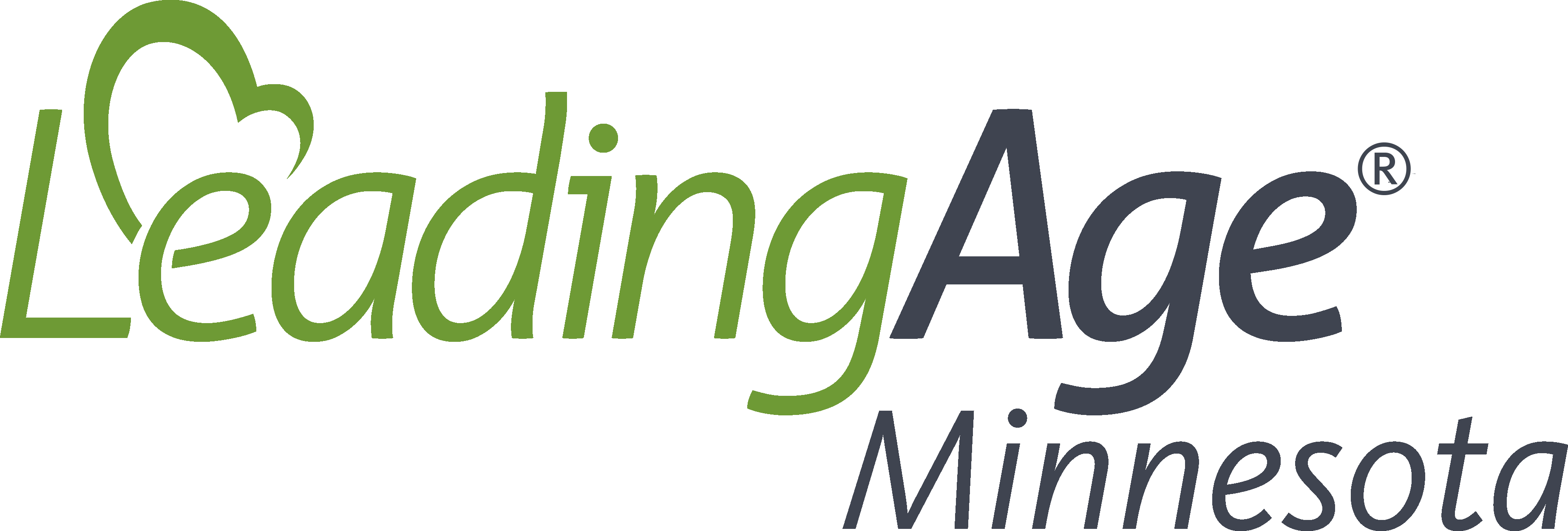Focus on the Food Code: Person in Charge
Posted on December 18, 2018 by Bobbie Guidry
The role of the Certified Food Protection Manager (CFPM) was reviewed in a previous edition of Advantage. One important clarification to that story is the designation of a Person in Charge (PIC). When present, the CFPM functions as the PIC. However, when the CFPM is not present and food service is being offered, the CFPM must designate a PIC.
The responsibilities of the Person in Charge are listed in rule, 4626.0035 2-103.11 PERSON IN CHARGE. The person in charge shall ensure that:
A. food establishment operations are not conducted in a private home or in a room used as living or sleeping quarters as specified in part 4626.1425;
B. persons unnecessary to the food establishment operation are not allowed in the food preparation, food storage, or warewashing areas, except that brief visits and tours may be authorized by the person in charge if steps are taken to ensure that exposed food; clean equipment, utensils, and linens; and unwrapped single-service and single-use articles are protected from contamination;
C. employees and other persons, including delivery and maintenance persons and pesticide applicators, entering the food preparation, food storage, and warewashing areas comply with the Code;
D. employees effectively clean their hands, by routinely monitoring the employees' handwashing;
E. employees visibly observe foods as they are received to determine that they are from approved sources, delivered at the required temperatures, protected from contamination, unadulterated, and accurately presented, by routinely monitoring the employees' observations and periodically evaluating foods upon their receipt;
F. employees properly cook potentially hazardous food, being particularly careful in cooking those foods known to cause severe foodborne illness and death, including eggs and comminuted meats, through daily oversight of the employees' routine monitoring of the cooking temperatures;
G. employees use proper methods to rapidly cool potentially hazardous foods that are not held hot or are not for consumption within four hours, through daily oversight of the employees' routine monitoring of food temperatures during cooling;
H. employees properly sanitize cleaned multiuse equipment and utensils before they are reused, through routine monitoring of solution temperature and exposure time for hot water sanitizing, and chemical concentration, pH, temperature, and exposure time for chemical sanitizing; and
I. consumers are notified that clean tableware is to be used when they return to salad bars, buffets, or other self-service areas.
To carry out these responsibilities, the PIC should be able to demonstrate knowledge of foodborne disease prevention, application of the hazard analysis critical control point principles when a HACCP plan is required under part 4626.1730, and the requirements of the Code.
A listing of areas of knowledge are listed in 4626.0030 2-102.11 DEMONSTRATION.
Comments
Add a comment
Members must sign in to comment
You must be a member to comment on this article. If you are already a member, please log in. Not a member? Learn how to join »

No one has commented on this article yet. Please post a comment below.